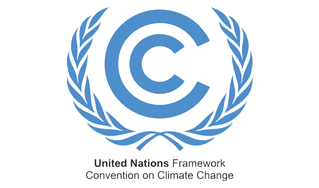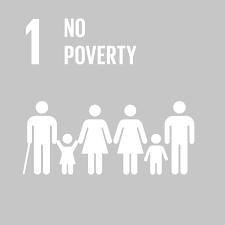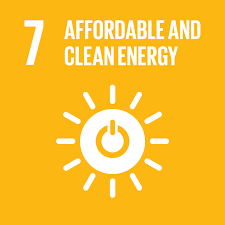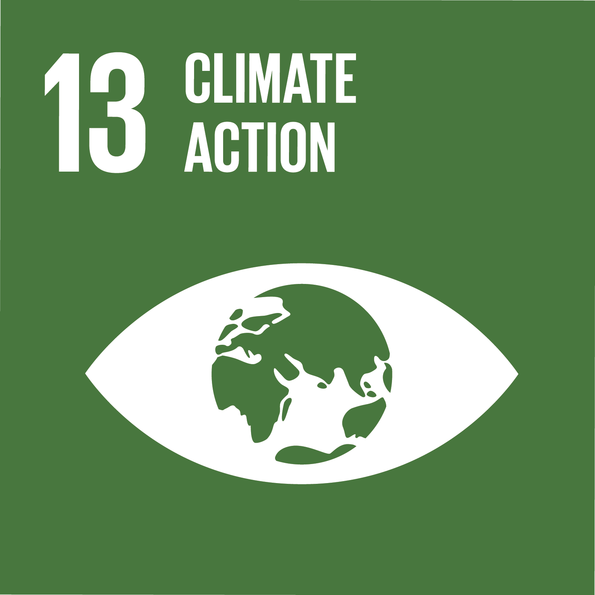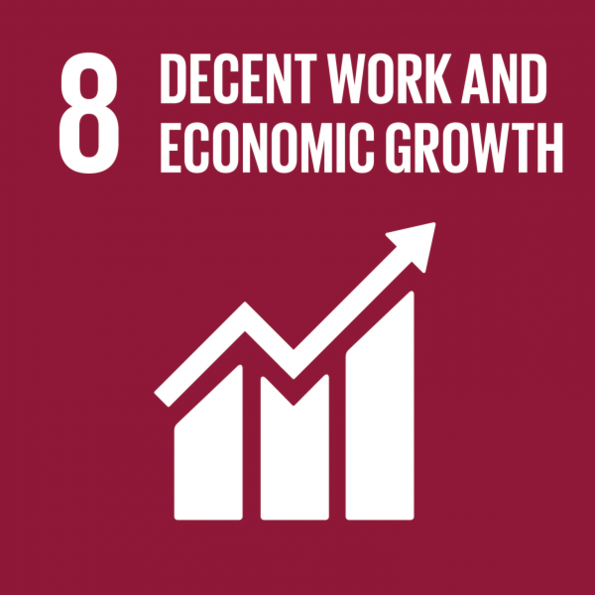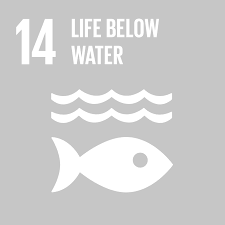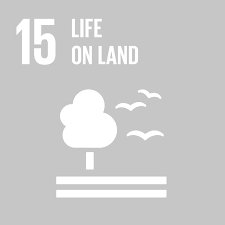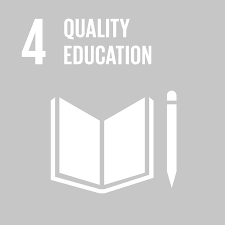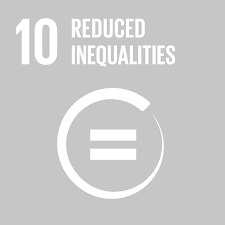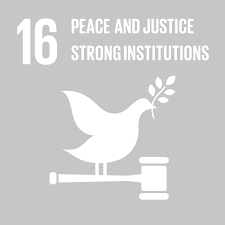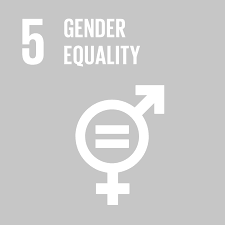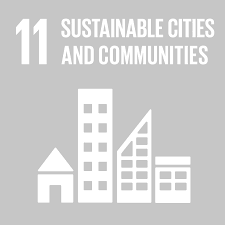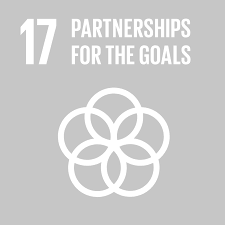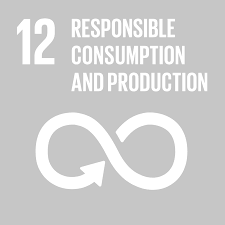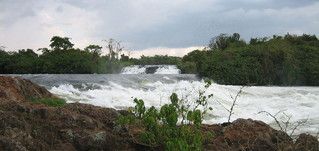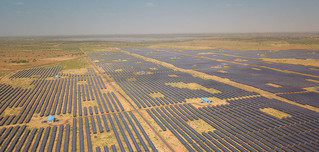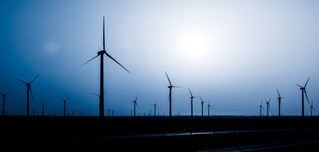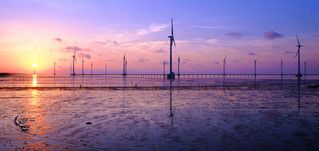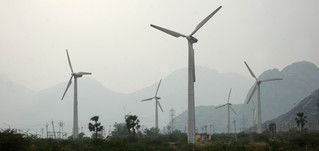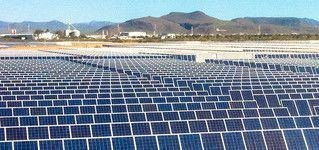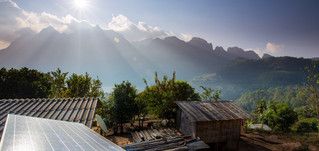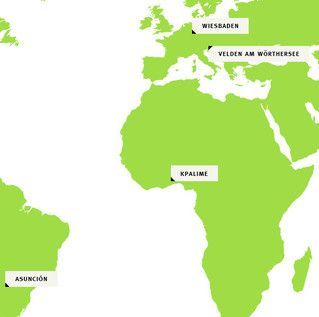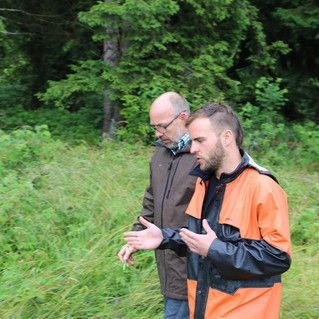Bujagali Hydropower Project
Clean energy from hydropower
Jinja, UGANDA*
The Bujagali Hydropower Project is a major energy infrastructure project in East Africa that aims to expand the region's power generation capacity and meet the demand for clean electricity. It is located on the White Nile River in Uganda and promotes economic growth, sustainable development and quality of life for the population.
The main objective of the project is to provide a reliable and environmentally friendly source of energy to increase Uganda's power supply capacity. By harnessing the hydropower of the White Nile River, the project aims to reduce dependence on fossil fuels, lower greenhouse gas emissions, and create sustainable energy for future generations.
The project involves the construction of a large hydropower facility at the Bujagali Falls of the White Nile. This includes a dam to impound water and a hydropower plant to convert water movement into electricity. The power plant's capacity, several hundred megawatts, is sufficient to meet a significant portion of Uganda's energy needs.
The project was developed with environmental and social impact in mind. Environmental impact assessments were conducted to protect river ecology, wildlife and local communities. It reduces greenhouse gas emissions through clean energy generation and reduces dependence on non-renewable energy.
Economically, the project strengthens the region. It creates jobs during construction and operation, promotes expertise in hydropower technology and strengthens industrial development. The electricity capacity provided promotes investment and economic stability in Uganda.
Local communities are involved in the development process. Compensation and social promotion measures are implemented to maximize positive impacts on communities.
*uganda
Great goals, difficult implementation
According to WHO, 663 million people in Africa, Asia and South America have no access or only insufficient access to clean drinking water. Therefore, drinking water in plastic bottles is not only an alternative to unsafe water supply for many people, but the only way out.
Uganda is one of the centers where drinking water for the African region is bottled in PET-bottles. Indeed, this situation causes a great waste problem. However, these water bottles are imperative for many people to survive.
In 2012 already, Uganda has made an important decision regarding the climate protection: a law prohibiting plastic bags was passed. The judges decided that plastic bags „violate the rights of people to a clean and healthy environment”.
The Ugandan climate policy has set itself ambitious goals which are very difficult to implement due to various problems that are located at different levels. In 2007, the NAPA was adopted. The National Adaptation Programme of Action and different programs of action include strategies of adaptation to climate change.
Countries such as Uganda are among the most vulnerable to climate change without belonging to the main polluters. Uganda and all African countries are dependent on the reduction of greenhouse gas emissions by the industrialized countries, the compensation for the financing of adaptation measures and transfer of technology in the country.

